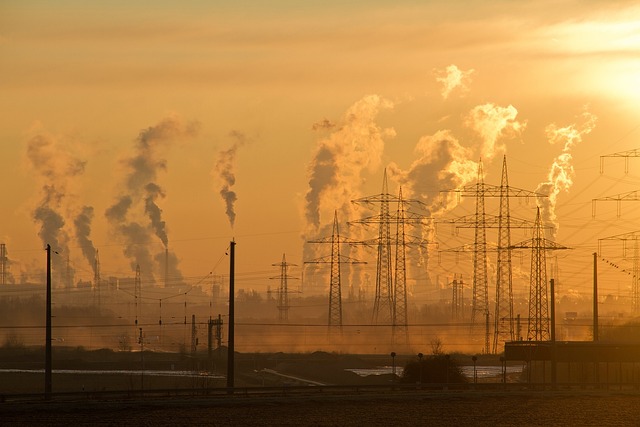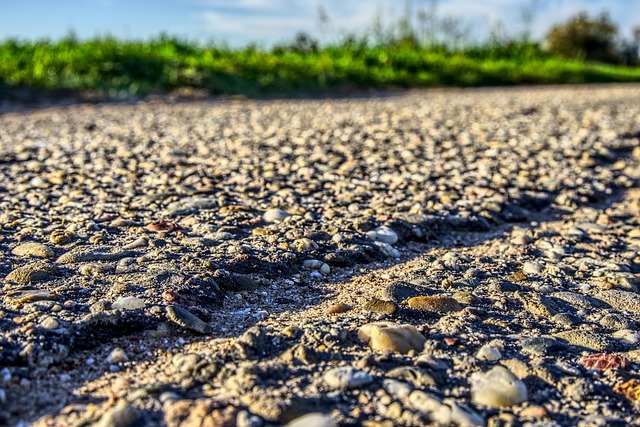Exploring the Impact of Air Pollution in Extreme Weather: Environment and Climate Change
In recent years, the increasing frequency and intensity of extreme weather events have captured global attention, leading us to consider the intricate relationship between air pollution and climate change. As we grapple with the physical manifestations of climate change, such as hurricanes, droughts, and floods, it becomes increasingly clear that the invisible enemies lurking in our atmosphere—pollutants from industrial activities, transportation, and agriculture—are exacerbating these phenomena.
As cities grow and industries expand, the levels of air pollution rise, affecting not only our health but also the stability of our climate. Fine particulate matter and greenhouse gases can trap heat in the atmosphere, leading to significant temperature increases. This warming contributes to extreme weather patterns, resulting in more severe storms, prolonged heatwaves, and unpredictable rainfall. When we breathe in this polluted air, we’re not only compromising our lungs but also feeding the cycle of environmental degradation.
The interconnectivity of the environment and extreme weather can be overwhelming. Consider a community already ravaged by the aftermath of a hurricane. The storm’s destruction is intensified by rising sea levels and warmer ocean temperatures—conditions worsened by air pollution. As they work to rebuild, residents find themselves facing an additional, insidious challenge: health risks from the contaminated air that lingers long after the storm has passed. This is not just an environmental crisis; it’s a public health emergency that we cannot ignore.
Moreover, the impact of air pollution extends to agriculture, which is inherently tied to climate change. Poor air quality can impair crop yields, threatening food security. Farmers are finding that unpredictable weather, coupled with the adverse effects of pollutants, creates a risky environment for their livelihoods. The ripple effects can lead to economic instability, pushing struggling families to the brink in an already fragile ecosystem.
Addressing air pollution is not merely an environmental challenge; it represents a vital component in our fight against climate change. By reducing emissions through cleaner technologies and sustainable practices, we can begin to mitigate the adverse impacts on both our health and the planet. Initiatives aimed at clean energy, public transportation, and urban green spaces are crucial in this endeavor, bringing communities together to cultivate a healthier environment.
As individuals, we can also play a role. Simple actions like using public transport, reducing energy consumption, and supporting local clean air initiatives contribute to a broader impact. Every step taken is a step towards reclaiming our atmosphere from the grips of air pollution and safeguarding our planet’s climate for future generations.
In essence, understanding the link between air pollution and extreme weather is not just an academic exercise; it’s a personal one. It’s about our families, our communities, and the world we inhabit. Recognizing this connection empowers us to advocate for change, fostering a sense of responsibility towards our environment, and urging lawmakers, businesses, and each other to chase cleaner, more sustainable paths forward. With every effort, however small, we take significant strides towards combating the overwhelming challenges posed by climate change and creating a healthier world.




